Christmas in Europe
Christmas in Austria is a magical time filled with traditions and festivities. From beautifully decorated Christmas markets to delicious seasonal treats, the holiday season in Austria is truly special.
One of the most iconic features of Christmas in Austria is the traditional Advent markets. These markets, known as "Christkindlmärkte," are found in cities and towns throughout the country. They are adorned with twinkling lights, festive decorations, and wooden stalls selling a variety of goods such as handmade crafts, ornaments, and local delicacies.
Austria is also famous for its Christmas carol singing. Groups of singers known as "Krippensänger" go from house to house during the Advent season, spreading joy through their melodic voices. This tradition brings communities together and creates a warm and welcoming atmosphere.
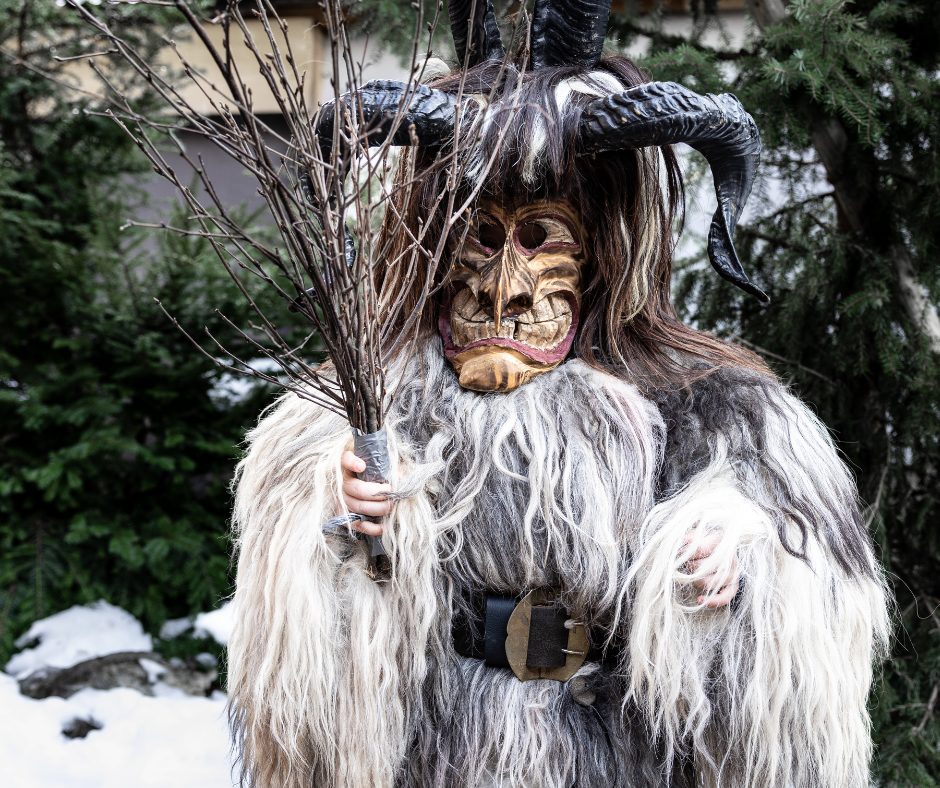
Another highlight of Christmas in Austria is the beloved figure of Krampus. Derived from Alpine folklore, Krampus is a horned creature who accompanies Saint Nicholas on December 5th to punish misbehaving children (don't be scared kids !!) while Saint Nicholas rewards well-behaved ones. The Krampus parades are an exhilarating sight to behold as people dress up in elaborate costumes and masks to portray this mythical character.
Traditional Austrian cuisine plays a significant role during the Christmas season. Specialties such as "Lebkuchen" (gingerbread), "Stollen" (fruitcake), and "Vanillekipferl" (vanilla crescent cookies) are enjoyed by locals and visitors alike. These delectable treats add to the festive spirit and contribute to making Christmas in Austria an unforgettable experience.
France
Christmas traditions, France, holiday season, festive celebrations, Yule log, nativity scene, Christmas markets.
France is known for its rich cultural heritage and vibrant celebrations during the holiday season. Christmas traditions in France are steeped in history and add a unique charm to the festive atmosphere.
One of the most iconic French Christmas traditions is the Yule log or "La Bûche de Noël." This delicious dessert is shaped like a log and made from sponge cake or chocolate. It symbolizes the ancient tradition of burning a large wooden log on Christmas Eve to bring warmth and good luck for the coming year.
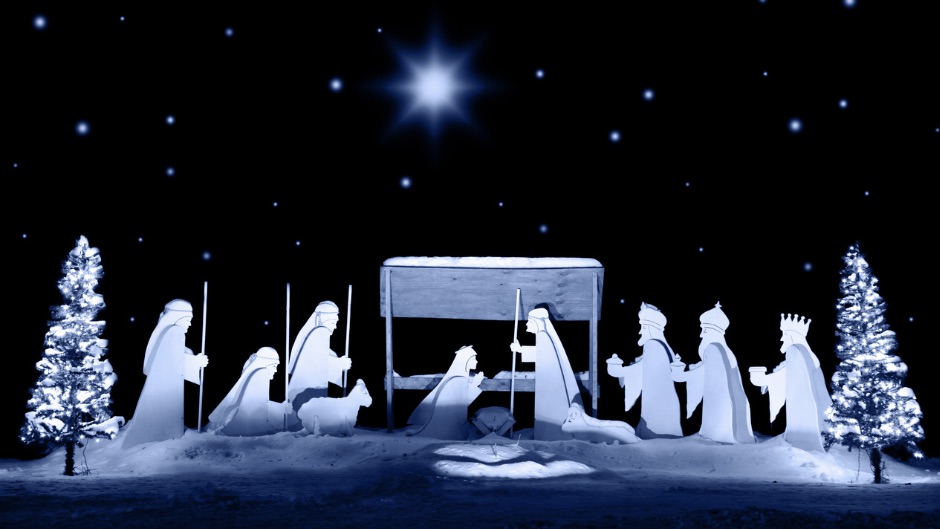
Another cherished tradition in France is setting up a nativity scene or "La Crèche de Noël." These intricate displays depict the birth of Jesus and often include figurines of Mary, Joseph, baby Jesus, shepherds, angels, and farm animals. Many families take pride in creating elaborate nativity scenes that become focal points of their homes during the holiday season.
Christmas markets are also an integral part of French festive celebrations. These enchanting markets pop up across cities and towns throughout December. They offer a wide array of crafts, gifts, decorations, and traditional French delicacies such as mulled wine (vin chaud), gingerbread (pain d'épices), roasted chestnuts (marrons chauds), and crepes.
In addition to these traditions, attending midnight Mass on Christmas Eve is still widely observed by many French families. The beautifully decorated churches come alive with carols sung by choirs while locals gather to celebrate this special occasion.
Overall, Christmas in France is a time filled with joyous festivities that honour both religious customs and cultural heritage. Whether it's enjoying delicious food at Christmas markets or gathering around a beautifully adorned nativity scene at home, these traditions bring people together to celebrate the spirit of giving and love during this magical time of year.
Poland
From heartwarming customs to delicious treats, Poland has a rich cultural heritage that brings joy and warmth during the holiday season.
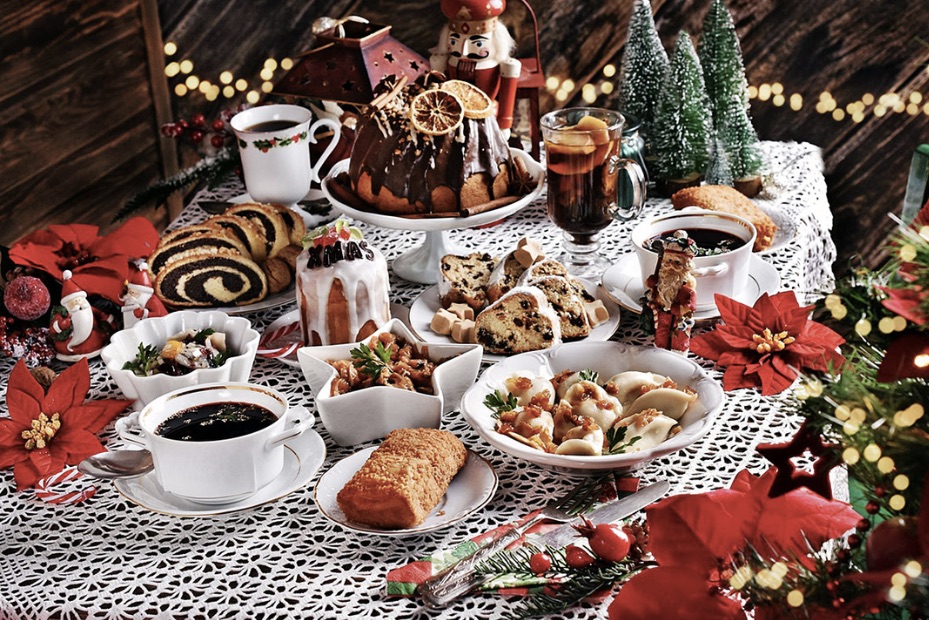
One of the most beloved traditions in Poland is the Wigilia, a Christmas Eve dinner filled with a 12-course meal representing the 12 apostles. Families gather around a beautifully set table, adorned with hay or straw to symbolise Jesus' birth in a manger. The meal begins when the first star appears in the sky and often includes dishes such as pierogi (dumplings), barszcz (beetroot soup), and kutia (a sweet grain pudding).
Another cherished tradition is the breaking of the opłatek, a thin wafer made of flour and water. Family members share pieces of opłatek while exchanging wishes for health, happiness, and prosperity. It is a beautiful moment that signifies unity and love among loved ones.
In Poland, Christmas would not be complete without vibrant decorations. Polish households are adorned with handmade ornaments such as paper chains, straw ornaments, and intricately painted glass baubles known as bombki. The streets come alive with dazzling lights and festive markets where you can find unique gifts and delicious treats.
And let's not forget about Santa Claus! In Poland, he goes by different names – Święty Mikołaj or Gwiazdor – and delivers gifts to children on December 6th during St. Nicholas Day. Children leave their shoes by the door or under their pillows, hoping to wake up to surprises left by Santa Claus.
Italy
Ah, Christmas in Italy! Get ready to immerse yourself in a world of festive traditions and joyful celebrations. From the enchanting nativity scenes to mouth-watering culinary delights, Italy knows how to make the holiday season truly magical.
One of the most cherished Italian Christmas traditions is the presepe, or nativity scene. Italians take great pride in creating elaborate and detailed scenes depicting the birth of Jesus, often including not only Mary, Joseph, and baby Jesus but also a whole cast of characters from shepherds to angels.
Another highlight of an Italian Christmas is the Feast of Seven Fishes on Christmas Eve. This tradition involves indulging in a sumptuous seafood feast with family and friends. From fried calamari to baked codfish, each dish holds its own significance and adds to the festive atmosphere.
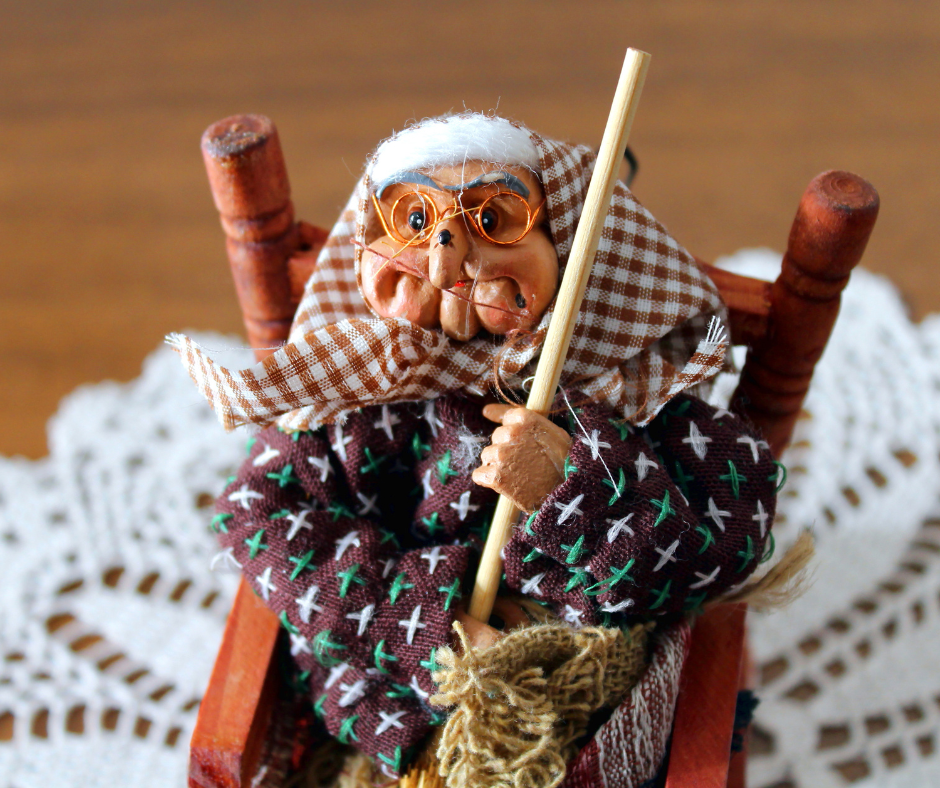
And let's not forget about La Befana! She's a delightful character from Italian folklore. La Befana is often referred to as a kindly old witch who visits children on the eve of the Epiphany, which is celebrated on January 6th. It's believed that she flies on her broomstick and enters homes through chimneys to deliver gifts and sweets to well-behaved children, much like Santa Claus.
Legend has it that La Befana was approached by the Three Wise Men, also known as the Magi or Three Kings, on their journey to find the baby Jesus. They asked her for directions, but she was too busy with her housework and declined to join them. Later, she had a change of heart but couldn't find them. So now, every year on the Epiphany, she travels the world in search of the Christ Child, leaving gifts for children in case she encounters him.
It's a charming Italian tradition, and children eagerly anticipate her arrival, leaving out stockings or socks for her to fill with goodies. The story of La Befana is celebrated with festivals and parades throughout Italy, adding to the rich tapestry of holiday folklore.
Spain
Across the Mediterranean Sea in Spain, one of the most iconic traditions is the famous "Nochebuena" or Christmas Eve. Families come together for a grand feast, often featuring delicious dishes like roast lamb or seafood. The festivities continue with the midnight Mass known as "La Misa del Gallo," where people gather to celebrate the birth of Jesus.
Another beloved tradition is the nativity scene, or "Belen," which can be found in homes and public places across Spain. These elaborate displays depict the birth of Jesus and often include intricate details like miniature figurines and even moving parts. If you see one in Catalonia or the Valencian region, look out for the Caganer (pooper) and yes, it is a figure pooping. The exact meaning in unknown, it is believed to represent fertility, prosperity and good luck for the new year.
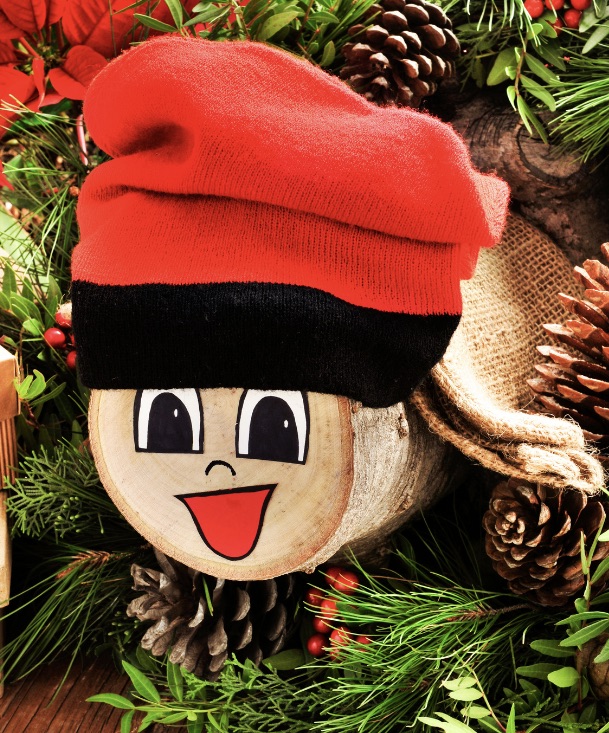
The Caganer log, also known as the "Caga Tió" or "Pooping Log," is a unique and intriguing Catalan Christmas tradition (there's a theme developing here guys!). This tradition involves a small log, often adorned with a smiling face and traditional hat, that is placed in homes during the holiday season. The Caga Tió holds a special place in Catalan culture and adds an element of humour to the festive celebrations. The log is typically placed in the living room or dining area and covered with a blanket to keep it warm. Children eagerly await the arrival of Christmas Eve when they gather around the Caga Tió, armed with sticks or small wooden spoons. They take turns hitting the log while singing traditional songs, encouraging it to "poop" out presents or sweets that may have been pooped out under the blanket (not placed there by the parents of course.
The origins of this peculiar tradition are believed to date back several centuries, with various theories explaining its significance. Some suggest that it represents fertility and good luck for the coming year, while others see it as a way to bring laughter and joy during the holiday season. One of the most iconic traditions is the famous "El Gordo" (The Big One) lottery draw, where Spaniards eagerly anticipate their chance at winning big prizes. The streets come alive with excitement as families gather around their televisions, hoping for that lucky number.
But perhaps one of the most exciting customs is the lively street parades known as "Cabalgata de Reyes or The Three Kings." On January 5th, children eagerly await the arrival of the Three Wise Men who ride through town on elaborately decorated floats, tossing sweets and small gifts to onlookers.
When it comes to Christmas food in Spain, there is an abundance of delectable options to choose from. The main Christmas meal of roast lamb or suckling pig is a popular choice.
Another iconic dish that you'll find on many Spanish Christmas tables is bacalao al pil-pil, a flavourful salted cod dish cooked with olive oil, garlic, and chili peppers. The combination of tender fish and rich sauce creates a harmonious blend of flavours that never fails to impress.
No Spanish Christmas feast would be complete without the presence of turrón, a sweet almond nougat that has been enjoyed for centuries. This delicacy comes in various forms, including hard or soft varieties and can be flavoured with everything from chocolate to fruit.
